If you're reading this, chances are you're shopping for the best Android TVs the market currently has to offer. Lucky for you, you've come to the right place! We spent our time and effort researching the most popular Android TVs you can go out and buy, with the end result being these top six picks that stand out as the best of the best. Each Android TV on this list made the cut for one reason or another, so whether you have a large, medium, or small budget, there's an Android TV here with your name on it.
Best Android TV of 2020 at a glance
- Hisense H8G Quantum — The best overall pick if you want an Android TV
- Sony X800H — The best Android TV if you have a little bit more money to spend
- Skyworth Q20300 — The best choice if you want a great TV at a great price
- Sony X950H — The best high-end Android TV for premium features
- Sony A8H — The best Android TV if you want an OLED display
- TCL 3-Series — The best TV on this list if you have a super tight budget
What are the best Android TVs?
Overall, the Hisense H8G Quantum Series stands out as the best Android TV you can buy in 2020. The television has an excellent 4K ULED display, HDR and Dolby Vision support, and a modern design with plenty of HDMI ports. Even better, you get all of this for an outstanding price.
The Sony X800H is a fantastic alternative for the best Android TV. The crisp 4K picture is backed by Sony's X-Reality PRO technology for upscaling content, along with the company's proven Triluminos display tech. You'll pay a bit more money for the privilege of owning the X800H, but for some people, it'll be well worth it.
Last but certainly not least, budget shoppers should consider the Skyworth Q20300 for their next Android TV. It's one of the more affordable picks on this list, but even so, you still get features like 4K and Dolby Vision.
Best Android TVs:
- 1. Hisense H8G Quantum
- 2. Sony X800H
- 3. Skyworth Q20300
- 4. Sony X950H
- 5. Sony A8H
- 6. TCL 3-Series
1. Hisense H8G Quantum: Best Android TV Overall
Top Features: 4K ULED, 4K upscaling, HDR, Dolby Vision, Dolby Atmos, 700-nit brightness, Motion Rate 240
| Screen Size | Resolution | Power Use | Vendor |
|---|---|---|---|
| 50" | 4K UHD | 250 kWh/year | $380 at Best Buy |
| 55" | 4K UHD | 266 kWh/year | $500 at Amazon |
| 65" | 4K UHD | 348 kWh/year | $700 at Best Buy |
| 75" | 4K UHD | 441 kWh/year | $1300 at Best Buy |
Pros:
- 4K display looks great
- HDR and Dolby Vision
- Four HDMI ports
- Excellent price
Cons:
- Bulky remote
- Draws a lot of power
There are a lot of Android TVs to choose from in 2020, but among everything out there, the Hisense H8G Quantum Series shines as the best overall pick. It's not the most technically impressive television you can find, but when looking at its features, specs, and value, it has the best mix of everything.
You can get the H8G as small as 50-inches and all the way up to 75-inches. No matter what screen size you go for, all models come with a 4K ULED display that looks outstanding. It's very crisp, has vibrant colors, and 700 nits of brightness for easy viewing during the daytime. Up to 90 zones of local dimming allow for greater contrast and color accuracy, and with Motion Rate 240, you can view all of your content with buttery-smooth fluidity.
All of the high-end TV staples are also here, such as HDR, Dolby Vision, and Dolby Atmos. Add that together with four HDMI ports to ensure all of your devices can plug in, and you end up with one heck of a TV.
Hisense H8G Quantum
Best Android TV Overall
Out of all the Android TVs out there, the Hisense H8G Quantum offers the best features and specs at a reasonable price.
2. Sony X800H: Best Alternative Android TV
Top Features: 4K X-Reality PRO, 4K upscaling, Triluminos Display, HDR, Dolby Vision, Dolby Atmos, MotionFlow 240, X-balanced speakers
| Screen Size | Resolution | Power Use | Vendor |
|---|---|---|---|
| 43" | 4K UHD | 129 kWh/year | $598 at Amazon |
| 49" | 4K UHD | 158 kWh/year | $648 at B&H |
| 55" | 4K UHD | 161 kWh/year | $798 at Amazon |
| 65" | 4K UHD | 190 kWh/year | $998 at Amazon |
| 75" | 4K UHD | 270 kWh/year | $1398 at Amazon |
| 85" | 4K UHD | 342 kWh/year | $2298 at Amazon |
Pros:
- Gorgeous image quality
- Available in a ton of sizes
- Sleek, modern design
- Good power consumption
Cons:
- Fairly expensive
If you don't think the Hisense H8G Quantum will be a good fit for you, another solid alternative for the best Android TV is the Sony X800H. This is a slightly more premium television, and while that does mean a higher price, the added cash could be worth it for some buyers.
The Sony X800H is a 4K LED television with HDR and Dolby Vision. It features Sony's Triluminos Display technology for broader and more vibrant colors, along with the X-Reality PRO engine that helps upscale HD content to 4K. Powering all of this is the Sony X1 processor, which delivers one of the best 4K images you'll find in this price range.
Sony also focuses on the audio side of things with the X800H, delivering Dolby Atmos and its custom X-balanced speakers that deliver rich sound in a compact form factor. Other highlights include four HDMI ports for all models and relatively low power consumption across the board.
Sony X800H
With top-notch picture quality and plenty of available screen sizes, the Sony X800H is a strong choice for an Android TV.
3. Skyworth Q20300: Best Affordable Android TV
Top Features: 4K HDR, Dolby Vision, DTS TruSurround audio, Quad-core processor, 3 HDMI ports
| Screen Size | Resolution | Power Use | Vendor |
|---|---|---|---|
| 50" | 4K UHD | 110-240V | $380 at Amazon |
| 55" | 4K UHD | 110-240V | $445 at Amazon |
| 65" | 4K UHD | 110-240V | $673 at Amazon |
Pros:
- Affordable price
- 4K HDR
- Supports Dolby Vision
Cons:
- Picture quality is just OK
- Three HDMI ports
Buying a TV is not a decision that comes lightly, often because of the high prices that are usually associated with them. If you need a new TV but have to be careful about how much you spend, the Skyworth Q20300 is perfect.
This is the most affordable Android TV on our list, coming in at a really great price (especially for the 50-inch model). 4K HDR video is supported on this LED display, as is Dolby Vision. A quad-core processor helps to keep everything moving along at a good pace, there's a standard 60Hz refresh rate for the screen, and a total of three HDMI ports. Dolby Atmos is not supported the way it is on the other Android TVs, but you do get two 10W built-in speakers that are built with DTS TruSurround audio.
Skyworth Q20300
Skyworth's Q20300 lineup of Android TVs delivers a 4K HDR picture and Dolby Vision at very affordable price points.
4. Sony X950H: Best Premium Android TV
Top Features: 4K HDR, Full array LED, X-Reality PRO upscaling, Triluminos Display, 120Hz refresh rate, 4 HDMI ports
| Screen Size | Resolution | Power Use | Vendor |
|---|---|---|---|
| 49" | 4K UHD | 219 kWh/year | $998 at Amazon |
| 55" | 4K UHD | 276 kWh/year | $1198 at Amazon |
| 65" | 4K UHD | 315 kWh/year | $1698 at Amazon |
| 75" | 4K UHD | 373 kWh/year | $2798 at Amazon |
| 85" | 4K UHD | 476 kWh/year | $3998 at Amazon |
Pros
- Unmatched LED display
- 120Hz refresh rate
- Full array dimming for great contrast
- Powerful HDR support
Cons
- Very expensive
On the opposite end of the price spectrum, we're met with the Sony X950H. This is the bigger brother to the X800H, delivering a higher-end user experience if you're willing to part with a bit more cash.
This is another LED display, backed by 4K HDR, Sony's Triluminos Display technology, and the X-Reality PRO engine that allows HD content to be upscaled to 4K. The X950H sees big benefits from its full array dimming for better contrast, a native 120Hz refresh rate for beautifully smooth images, and the Sony X1 Ultimate Processor — the best the company makes for its Android TVs.
All sizes of the TV come with 4 HDMI ports, S-Force Front Surround that mimics a legit surround-sound system right within the TV, and built-in cable holders to help your cable management stay in tip-top shape.
Sony X950H
The Sony X950H isn't cheap, but if you have the means to afford it, it's one of the best Android TVs money can buy.
5. Sony A8H Best OLED Android TV
Top Features: 4K HDR, OLED, Sony X1 Ultimate Processor, Triluminos Display, 120Hz refresh rate, Pixel Contrast Booster, Acoustic Surface Sound
| Screen Size | Resolution | Power Use | Vendor |
|---|---|---|---|
| 55" | 4K UHD | 227 kWh/year | $1898 at Amazon |
| 65" | 4K UHD | 286 kWh/year | $2798 at Amazon |
Pros:
- OLED display
- Super rich colors and deep blacks
- Native 120Hz refresh rate
Cons:
- Not affordable by any means
Just about every Android TV on this list uses an LED display. LED displays are definitely the most common technology for just about any TV, but if you have a lot of cash burning a hole in your pocket and want access to the best picture possible, you want an OLED television — specifically, the Sony A8H.
Sony did everything it could to give the A8H a heart-stopping picture, and it certainly succeeded. The OLED panel allows the TV to have incredibly rich and deep blacks, in addition to extremely vibrant colors. Sony went a step further by also using a technology called "Pixel Contrast Booster," which helps make your image look even more vibrant than a traditional OLED would. Further contributing to the stunning picture quality are HDR, Dolby Vision, X-Reality PRO for 4K upscaling, and Sony's Triluminos Display tech.
Sony A8H
Ready to go all-in with an OLED display? The Sony A8H Android TV has one of the best in the business.
6. TCL 3-Series Best Cheap Android TV
Top Features: Up to Full HD resolution, Dolby Digital Plus audio, Simple design, 2 HDMI ports, Low power usage
| Screen Size | Resolution | Power Use | Vendor |
|---|---|---|---|
| 32" | 720p HD | 58 kWh/year | $130 at Best Buy |
| 40" | 1080p Full HD | 91 kWh/year | $190 at Best Buy |
Pros:
- Cheapest TV on the list
- Goes up to 1080p Full HD
- Has all the Android TV goodness you could want
Cons:
- Isn't 4K
- No HDR or Dolby Vision
Last but certainly not least, we want to highlight an Android TV that hits a low price unlike anything else out there. There are plenty of "affordable" televisions, but few are quite as cheap as the TCL 3-Series.
Available in 32-inch and 40-inch sizes, the TCL 3-Series is a very basic TV. You get 720 HD or 1080 Full HD resolution depending on which size you choose, a clean and simple design, Dolby Digital Plus for audio output, and two HDMI ports for your game consoles/DVD players. Things like HDR and Dolby Vision aren't present on the TCL 3-Series, and for the price, that's perfectly OK. This is far from the best-looking Android TV you can get, but if all you need is a super basic one that'll stream all of your favorite shows for as little money as possible, this is the one to get.
TCL 3-Series
For those times when money is really tight, the TCL 3-Series gives you a fully-fledged Android TV for a fraction of the price.
Bottom line
The market for Android TVs may not be as expansive or varied as other ones out there, but that doesn't mean there aren't plenty of options for you to choose from. Out of everything currently available, we think the Hisense H8G Quantum is the best Android TV you can buy in 2020.
As noted a couple of times already in this article, the H8G brings a combination of great specs, useful features, and a relatively affordable price all in one package. That mix of everything is what allows it to stand out from the competition, and it's a setup that Hisense should be proud of. The H8G is a joy to use, offering an incredible 4K picture with all the fixings — HDR, Dolby Vision, etc. Its Android TV interface runs great, there are plenty of HDMI ports for all of your gadgets, and Dolby Atmos helps to elevate your audio.
All of this is offered to you at price points that we think are very reasonable, and when you factor all of that together, it's easy to see what the Hisense H8G Quantum is such a great purchase.
Android TV FAQs
This article highlights the very best Android TVs you can buy right now, but if you want additional info about the platform in general and how it works, we've got you covered there, too! Keep reading to learn more about the Android TV software, the differences between these Android TVs and streaming boxes, and a bunch of other helpful info that'll make your buying decision that much easier.
🤖 What is Android TV?
Android TV is a custom version of Android that Google created specifically for TVs, giving you quick and easy access to all of your favorite streaming apps. Just like Roku or Amazon Fire TV, you can use Android TV to watch shows from Netflix, Hulu, Disney+, YouTube TV, and plenty more. However, there are a couple of tricks up Android TV's sleeve that you won't find anywhere else.
For starters, it has Chromecast support built right in. If you're on your phone watching a video, looking at pictures in Google Photos, or something else, just tap the Chromecast icon on your phone to send the image/video right to your TV.
The Google Assistant is also available, and it's accessed by using the Google Assistant button on the remote that comes with your TV. You can use the Assistant just like you would on your phone or smart speaker, meaning you can ask about the weather, control smart home devices, check your calendar, and virtually anything you can think of.
🤔 Should I buy an Android TV or a streaming box?
In addition to televisions that have Android TV built into them, you can also get streaming boxes that bring the Android TV interface to your existing screen. So, which one should you buy?
If you're already planning on buying a new television, you might as well just get one with Android TV built-in. This list is proof that there are a ton of great options out there for all sorts of budgets, and since Android TV is already included, you can start watching your favorite shows and movies right out of the box.
However, if you already have a TV that's working perfectly fine but you want to experience Android TV for yourself, going with a streaming box makes much more sense. It plugs into your TV via an HDMI cable, and once it's all hooked up and ready to go, gives your old TV the Android TV interface you get on one of the TVs featured here. The market for Android TV streaming boxes is even less populated than televisions with the software built-in, but you can't go wrong with something like the NVIDIA Shield Android TV.
📺 What's the difference between LED, ULED, and OLED?
Throughout this article, we mention a few different display types that are available for Android TVs — specifically, LED, ULED, and OLED. If you aren't entirely sure what these things mean, we've got you covered.
LED stands for "light-emitting diode," and it's the most common type of TV display. The panel itself is referred to as an LCD one, and it's an array of pixels that create the final image you see after a backlight shines through them. With an LED display, every pixel is lit up when used — even when there are black or dark colors on the TV.
ULED is an evolution of LED screen technology and stands for "Ultra Light Emitting Diode." It's a type of screen technology used specifically by Hisense, with the main benefit over LED being how the screen is illuminated. ULED screens offer great local dimming, which translates to less light bleeding/halo effects when there's a bright image on a dark background. ULED also gives you a wider color gamut for a more vibrant overall image, along with smoother animations. The Hisense H8G Quantum, for example, has a 60Hz refresh rate but can mimic a 240Hz playback thanks to its Motion Rate 240 feature.
As for OLED, this is the highest-end and most expensive type of TV display currently available. OLED (or "organic light-emitting diode") panels don't require a backlight for the pixels to create the image you see, seeing as how OLED pixels are able to produce color and light on their own. The biggest benefits of an OLED panel compared to an LED one are more vibrant colors and deeper blacks.
Since the pixels of an OLED TV work individually, the entire screen doesn't light up for every image you see. So, if you're watching something with a lot of black colors, those pixels in the black area are actually turned off — making your content much more engaging and lifelike. OLED TV panels are extremely expensive to make, however, which is why the Sony A8H costs as much as it does.
🔌 How many HDMI ports do I need?
Different TVs come with different numbers of HDMI ports, but how many do you really need? It all depends on how many devices you plan on plugging into your TV.
Since Android TVs come with the Android TV interface built-in, you don't need a separate streaming box for getting access to things like Netflix and Hulu — thus freeing up an HDMI port you'd otherwise need to use. Game consoles like the PS4, Xbox One, and Nintendo Switch connect to your TV via HDMI, so if you have any of those, you'll need to make sure you account for them. Some soundbars also connect with an HDMI cable, such as the Sonos Beam. And, if you have a Blu-ray player for local 4K playback, that also plugs in with — you guessed it — HDMI.
As someone that has a PS4, Xbox One, Nintendo Switch, and Sonos Beam, I utilize all four of the HDMI ports on my Hisense H8G Quantum. You may not have as many things plugged into your TV, and if not, four HDMI ports might be overkill. Just make sure the TV you get has enough for the devices you do have, though, as there's no way to add additional HDMI outputs after the fact.
Credits — The team that worked on this guide
Joe Maring is Android Central's Senior Editor and has had a love for anything with a screen and CPU since he can remember. He's been talking/writing about Android in one form or another since 2012 and often does so while camping out at the nearest coffee shop. Have a tip? Reach out on Twitter @JoeMaring1 or send an email to joe.maring@futurenet.com!
from Android Central - Android Forums, News, Reviews, Help and Android Wallpapers https://ift.tt/3fMwBFm
via IFTTT

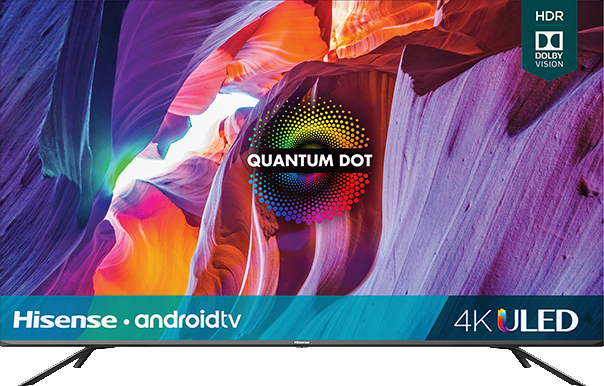
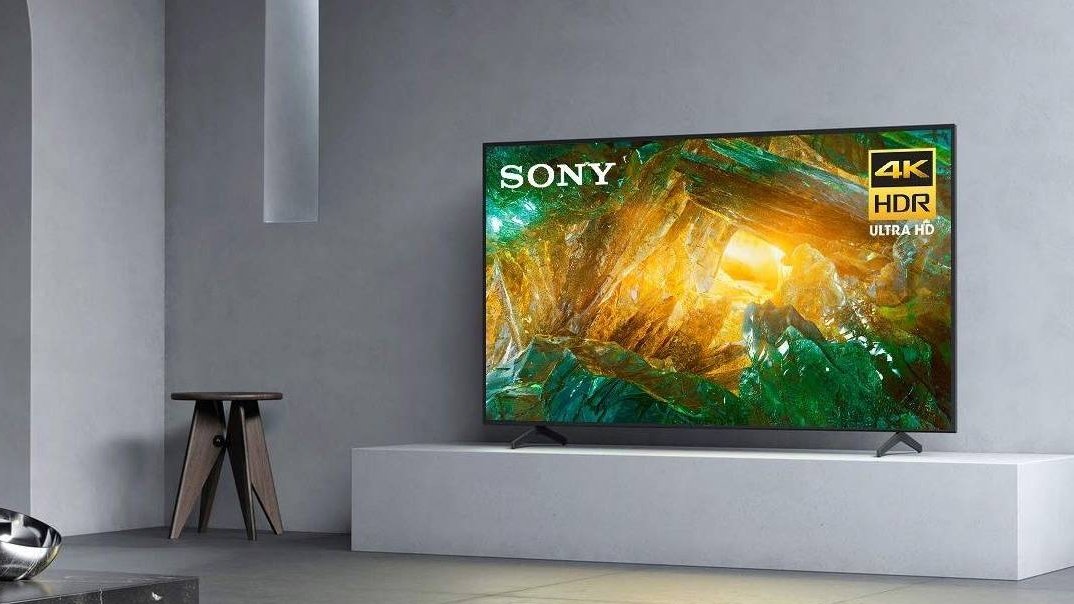
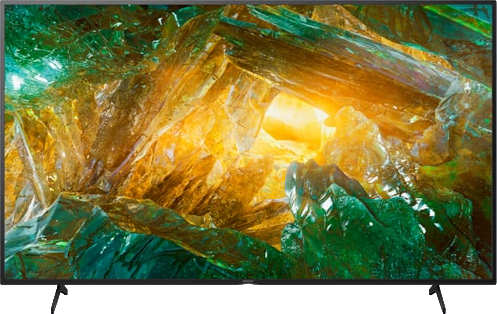
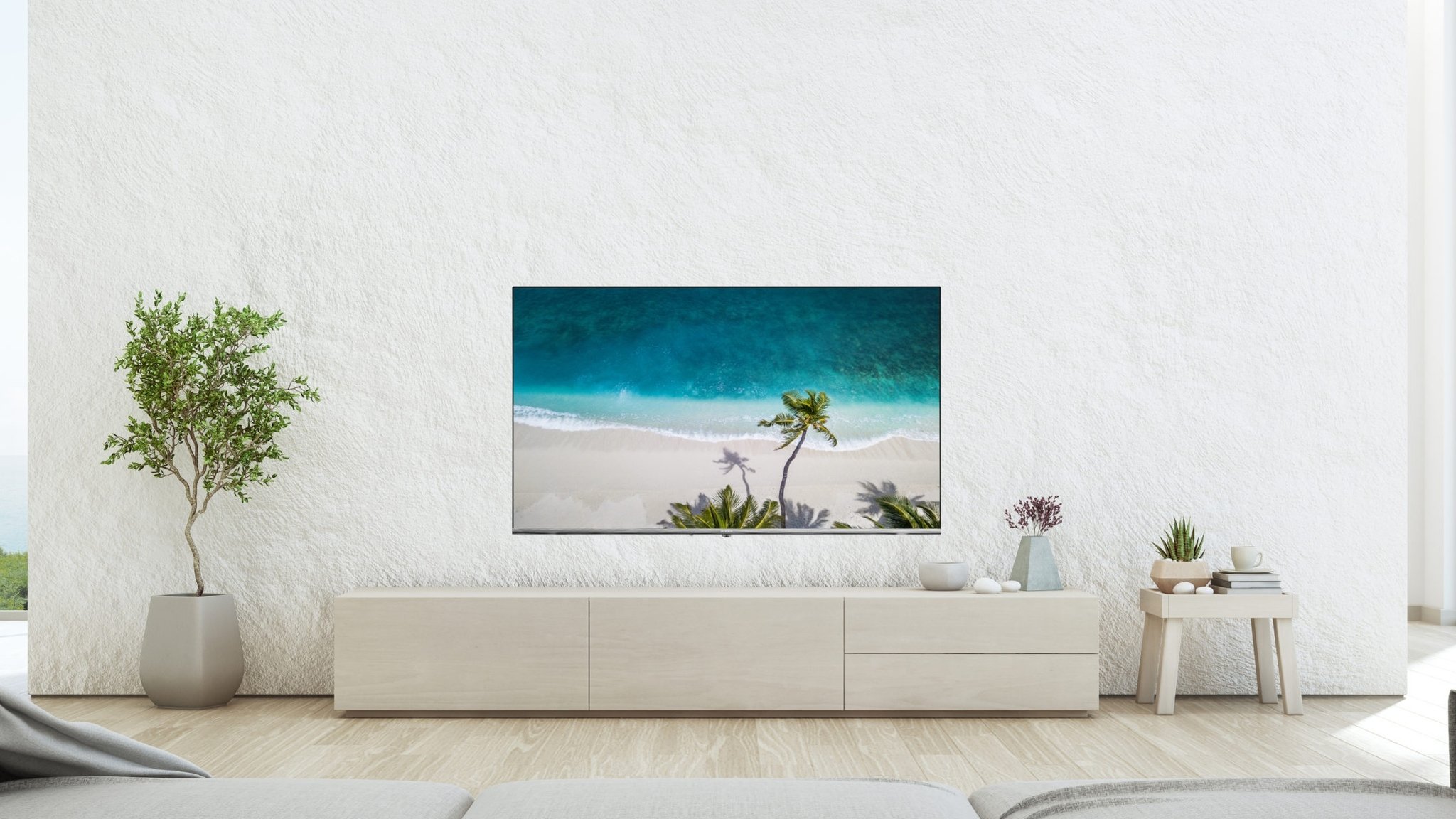
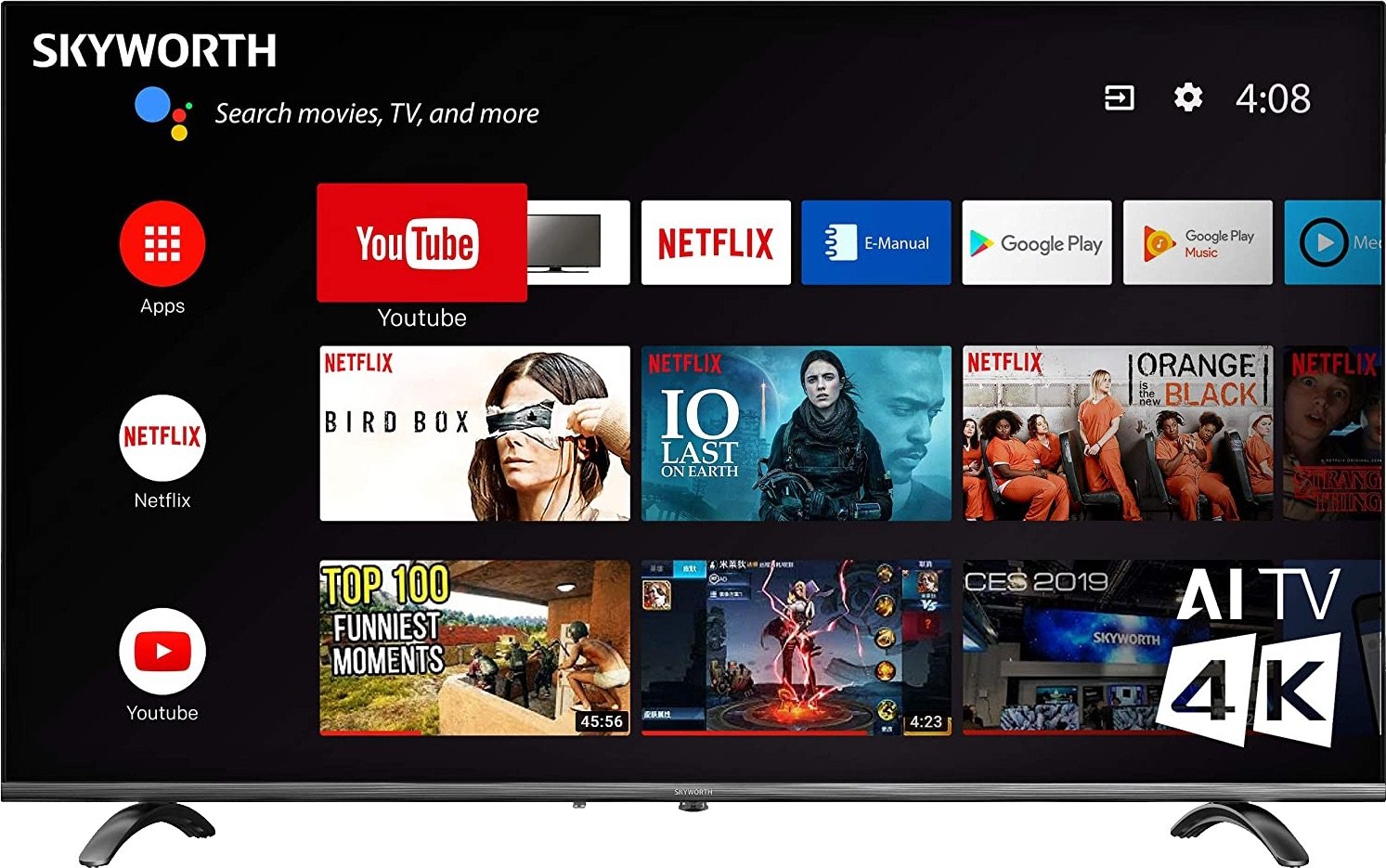
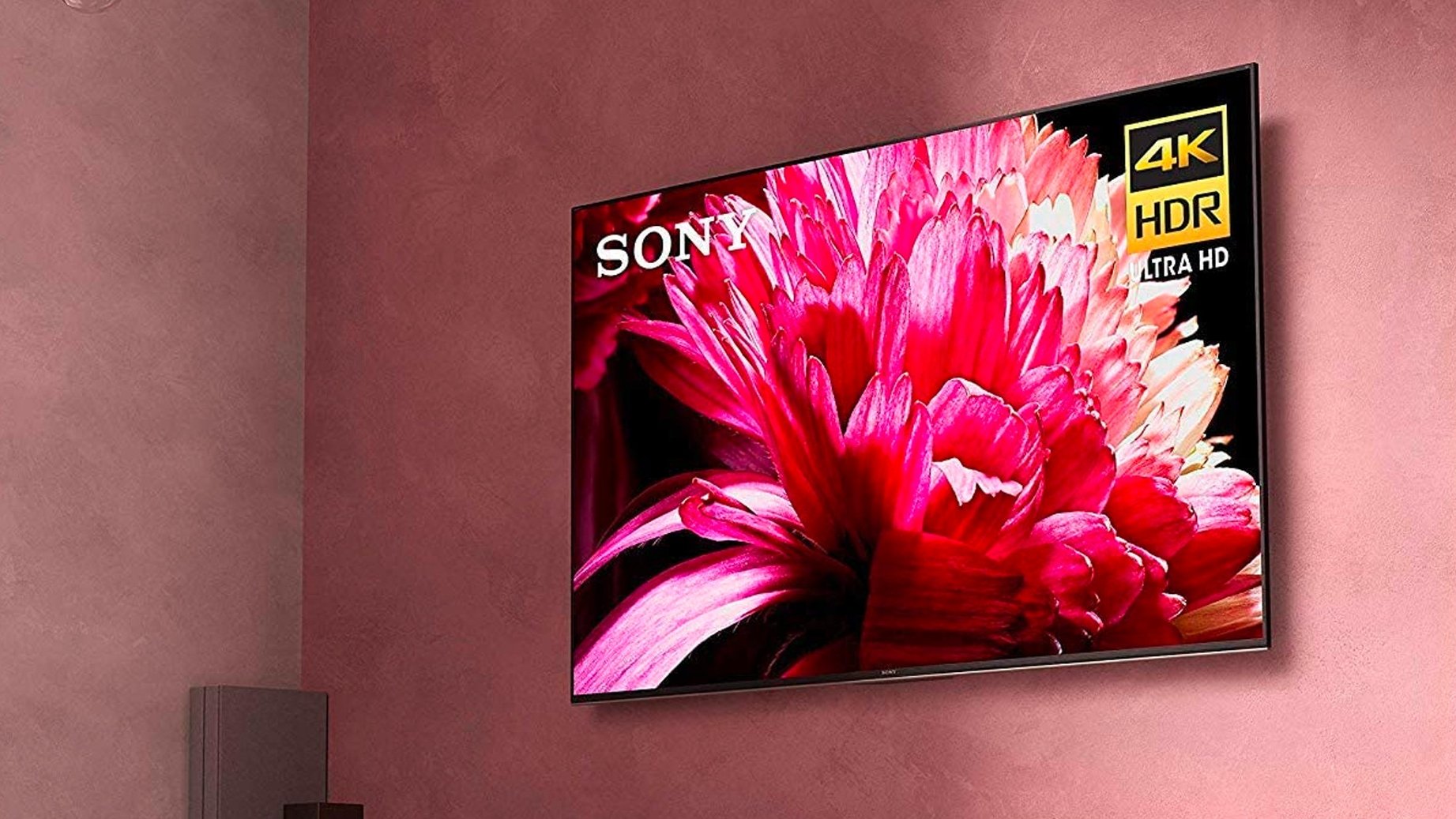
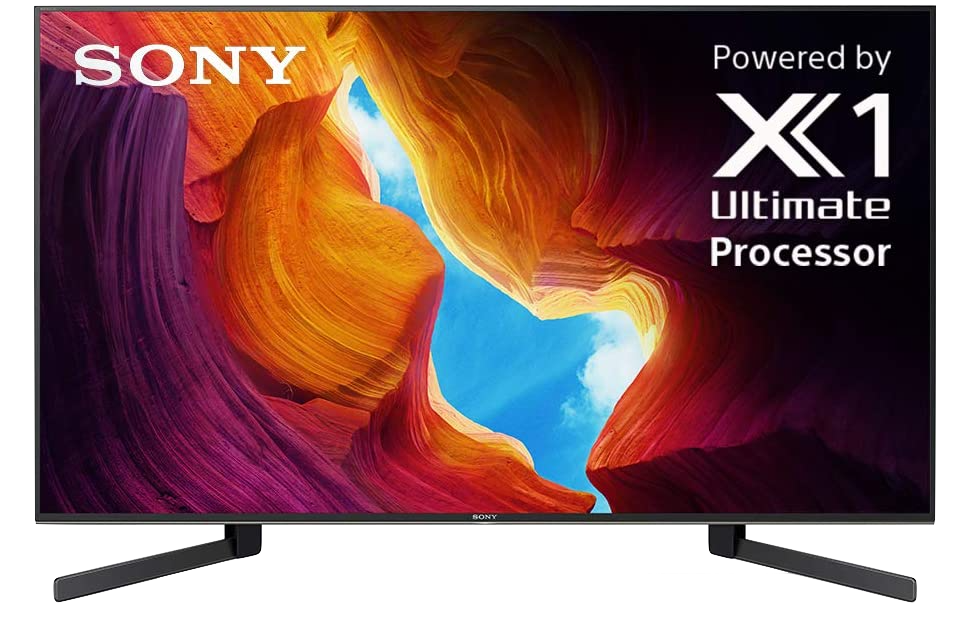
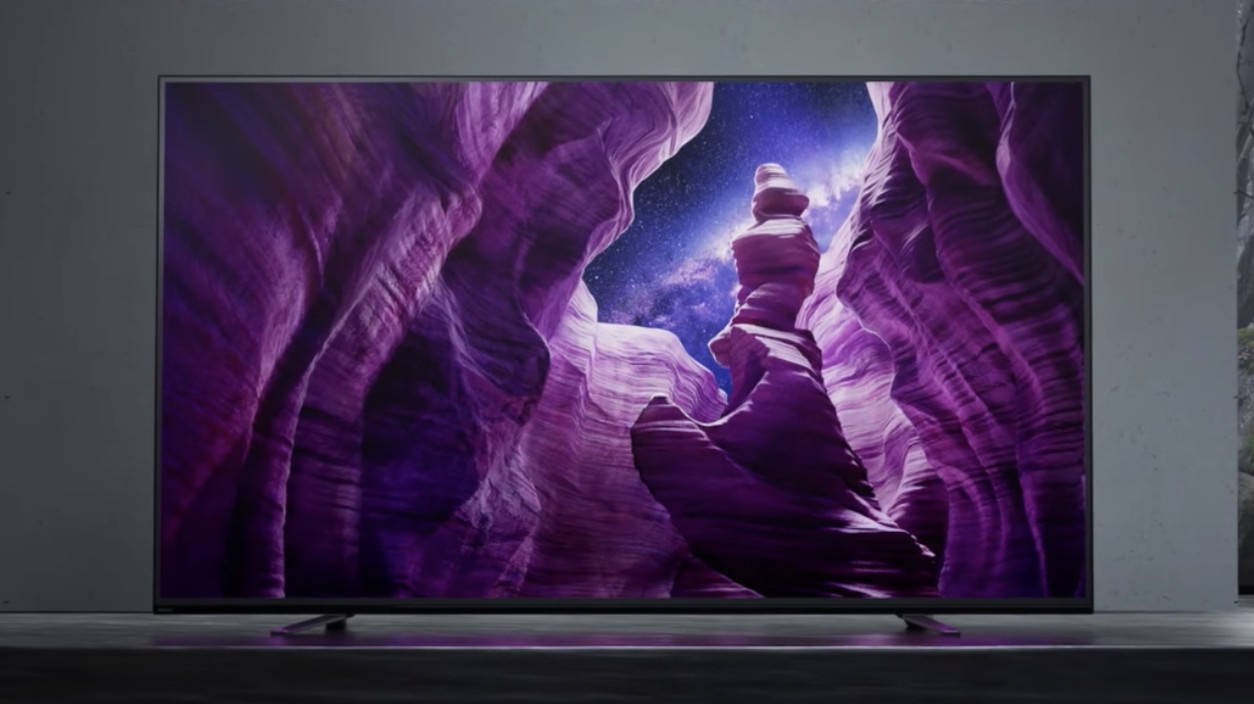
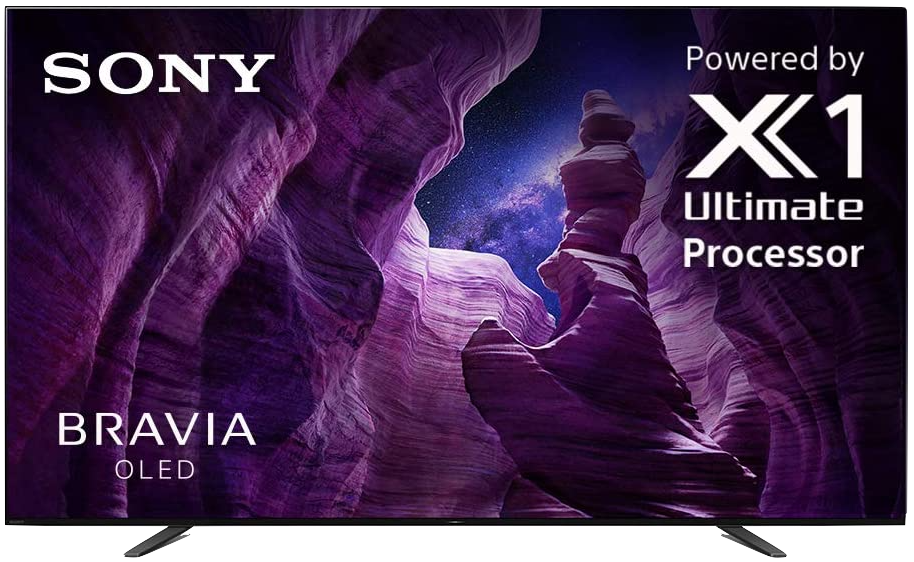
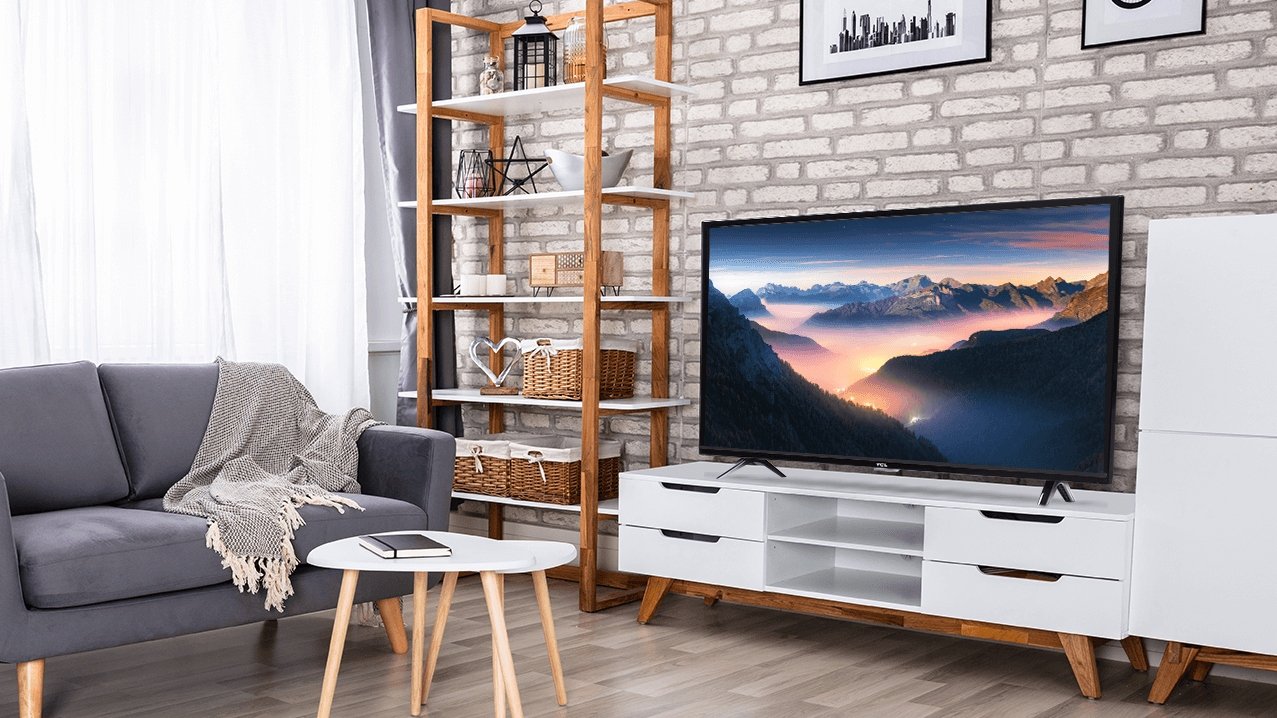
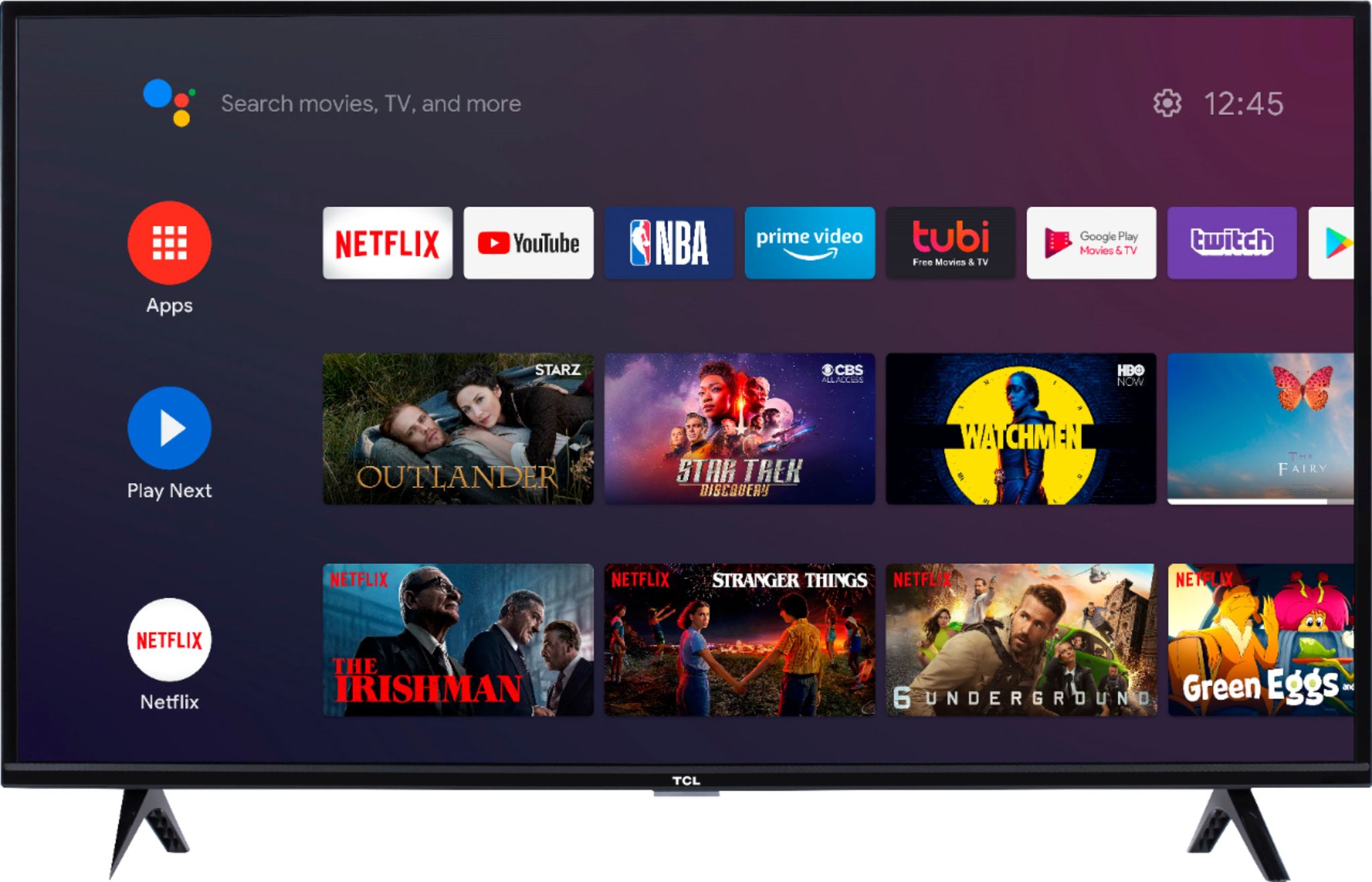
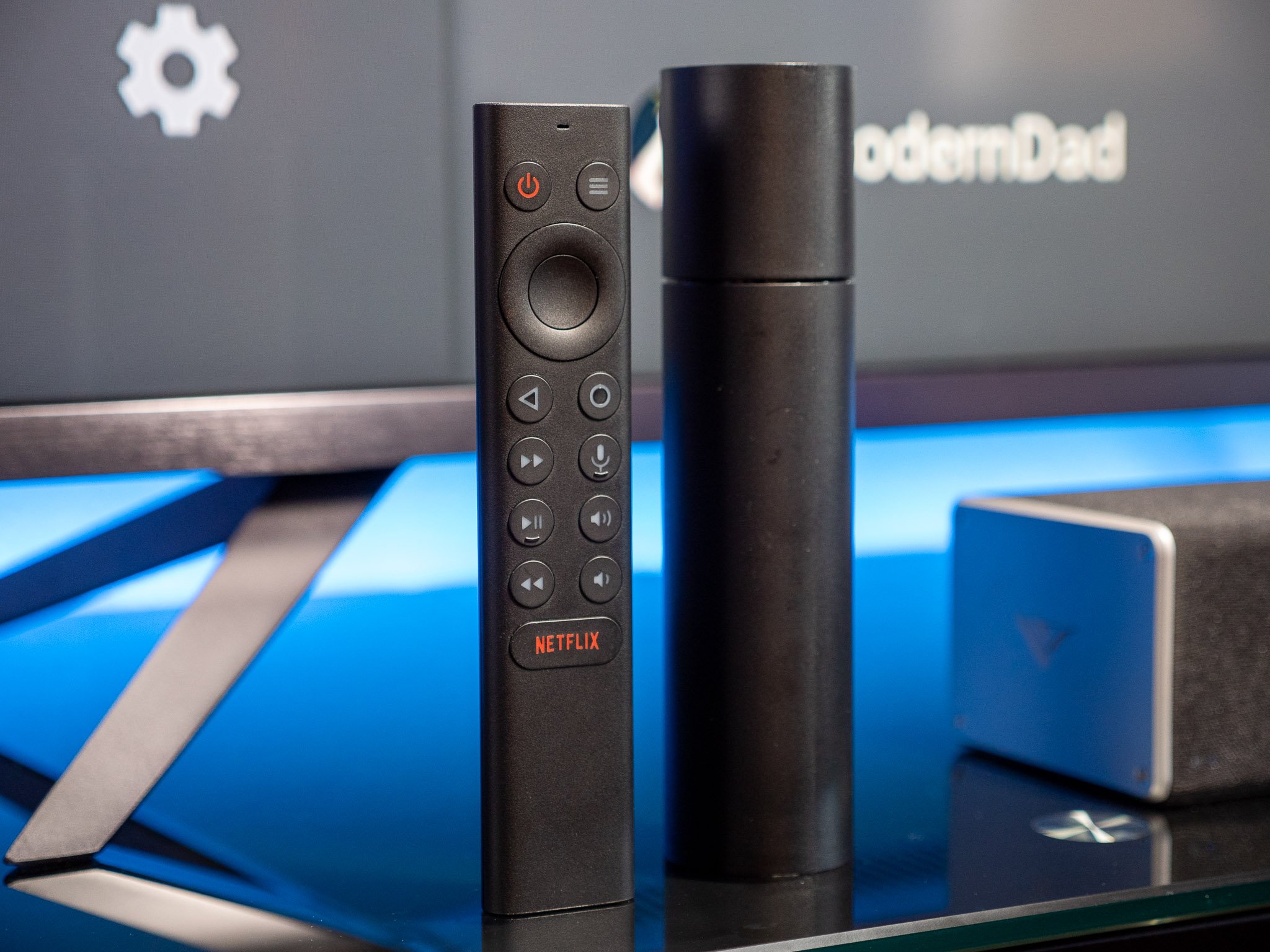
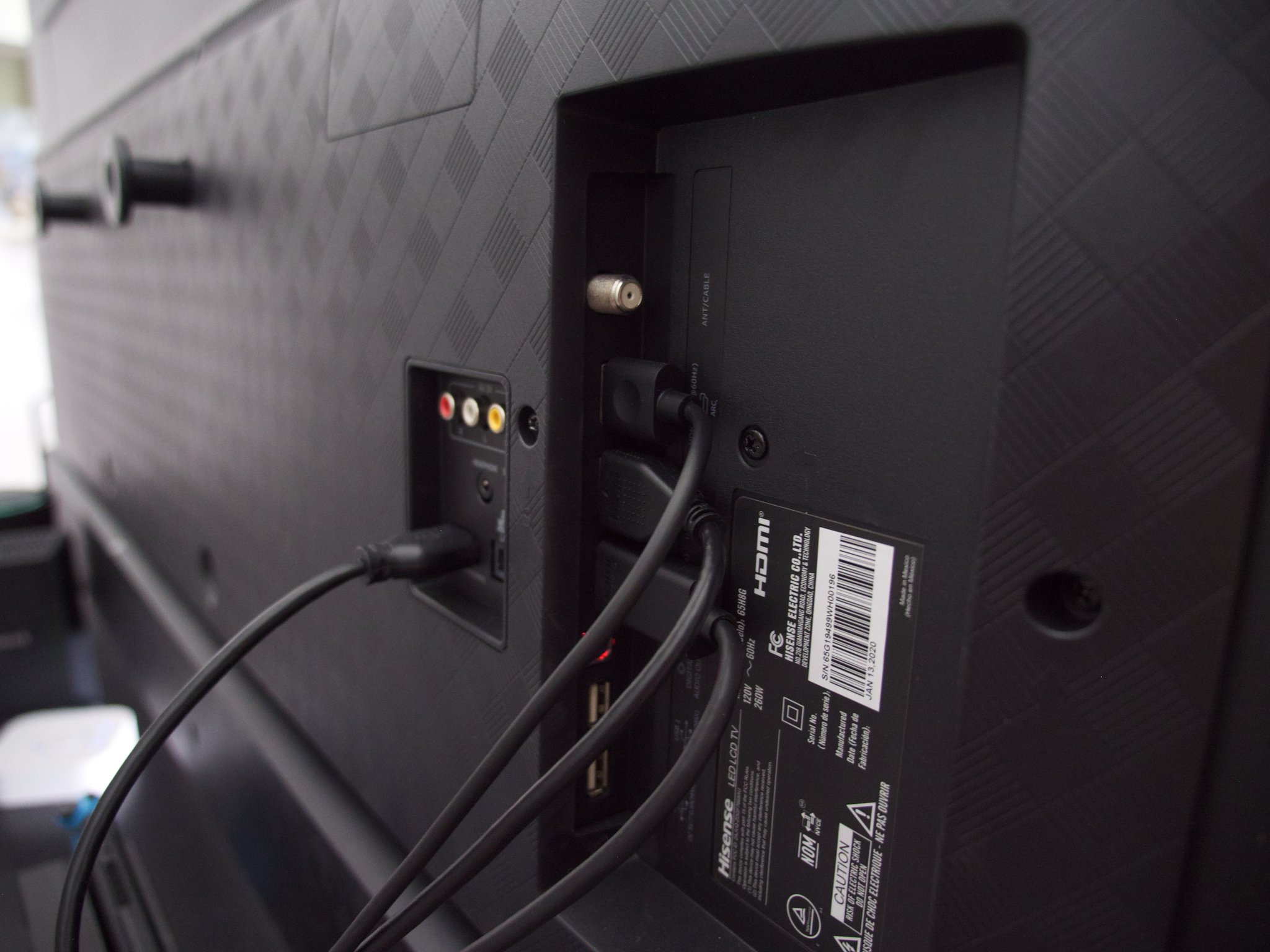

Aucun commentaire:
Enregistrer un commentaire